The hidden secrets of the Coral Reef – “Nemo”
Initially when people start diving on reefs they are appreciative of the beauty of the corals and marine life that inhabit the area. However, once you become familiar with the reef the finer details of the eco-system and relationships of the organisms become more apparent.
There are many different types of relationships that we see on every dive probably without even realizing it. One of the most famous relationships is the symbiotic one between Clownfish and the Anemone. The clownfish has a protective mucus on the body, which enables it to shelter in the tentacles of the anemone without being stung. The presence of the clownfish helps to defend the anemone, particularly from polyp eating fish. The Clownfish, also known as Anemone fish, of which there are varies species, keep the anemone clean by eating morsels that are left over from fish as well as eating parasitic critters and algae, for example, copepods, isopods and zooplankton. They also aid water circulation within the anemone as it swims amongst the tentacles. The fecal matter from the Clownfish acts as nutrients for the host anemone.
The Anemone fish is an all year breeder. The nest for the eggs is found very close to the host anemone on the reef in nooks and crannies, so the eggs are protected from predators. At any one time there are between 100 and 1000 eggs laid and external fertilization takes place. Spawning normally occurs on a full moon. It is the role of the male to protect the eggs, which hatch within 4 to 5 days often 2 hours after dusk.
The anemone can host many fish. If multiple fish are present then there is a distinct hierarchy with the dominant fish being the largest and most aggressive female. Should there be a reason this fish leaves the anemone, for example, death, then the largest male will turn into a female. Clownfish are hermaphrodites and are born male. Within a multiple colony there is only one breeding pair.
The main predator of the clownfish unfortunately is man. They are harvested for the aquarium trade. A clownfish in the wild can live between 6 and 10 years, but this is reduced once the fish is placed in captivity. One of the most common mistakes is placing the fish in the wrong anemone. They are only ten anemones that can accommodate the fish. So, it really beneficial for the fish to stay in the natural environment.
Anemone fish can be found in the warmer waters of the following regions NW Australia, SE Asia, Japan, Pacific, and Indo Malaysia region. Surprisingly, they are not found in the Caribbean. There are varies species of clownfish include Clarkson, Skunk, Tomato, Saddle, Yellow and False to name a few.
If you would like to expand your knowledge of marine relationships then why not take the Underwater Naturalist Specialty course.
Tags: Anemone, Anemone fish, Clownfish, Nemo, PADI Specialty, Phuket, Scuba Cat Diving, SE Asia, Similans, Thailand, Underwater Naturalist
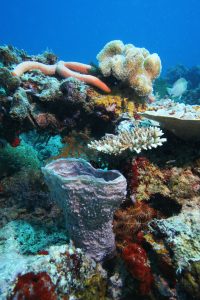
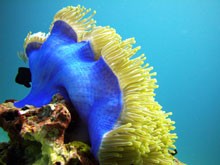
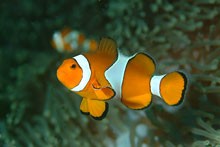
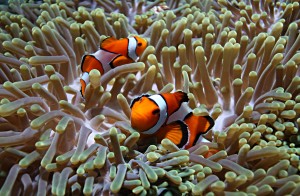
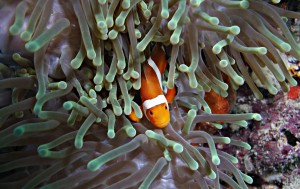
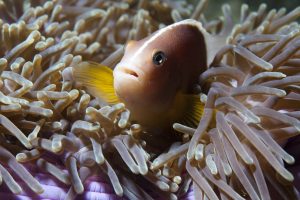





Scubacat Community